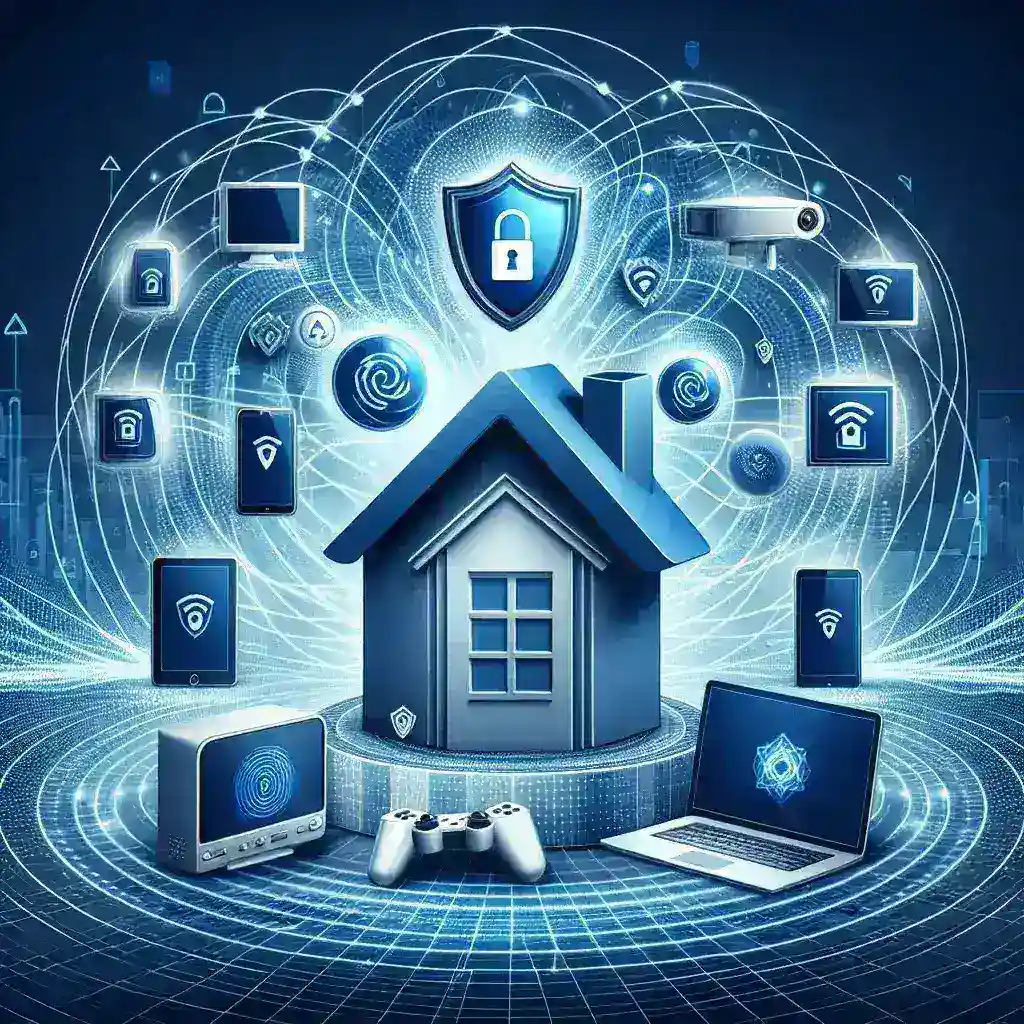Why You Need to Secure Your Home Network
These days, keeping your home network secure isn’t just a good idea—it’s a must. With more devices connected than ever, an unprotected network can lead to hacking, data theft, and even identity fraud.
1. Change the Default Router Settings
Routers usually come with factory-set usernames and passwords that are easy for hackers to figure out. Here’s how to make your network safer:
- Log into your router’s admin panel.
- Find the option to update the username and password.
- Choose a strong, unique password that includes a mix of letters, numbers, and symbols.
2. Turn on WPA3 Encryption
Use the latest Wi-Fi encryption for better protection:
- Open your router settings.
- Select the WPA3 option to secure your network.
3. Keep Your Router’s Firmware Updated
Manufacturers release updates to fix security gaps, so it’s important to stay up-to-date:
- Check your router’s admin settings for firmware updates.
- Install any updates as soon as they’re available.
4. Turn Off SSID Broadcasting
Hiding your network name can help keep unwanted users out:
- Go to your router settings.
- Disable the SSID broadcast option.
5. Set Up a Guest Network
If guests need Wi-Fi, create a separate network for them:
- Find the guest network option in your router settings.
- Turn it on and set up a unique password.
6. Use Strong Passwords for All Devices
Weak passwords on connected devices can compromise your entire network:
- Create strong, unique passwords for every device.
- Avoid using easily guessed information like names or birthdays.
7. Keep an Eye on Connected Devices
Regularly check what’s connected to your network:
- Access the device list through your router’s admin panel.
- Remove any devices you don’t recognize.
Conclusion
Securing your home network doesn’t have to be complicated. By taking these steps, you can lower your risk of cyberattacks and keep your personal information safe. Don’t wait—start protecting your network today!

Leave a Reply